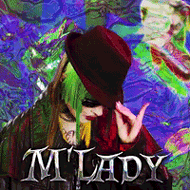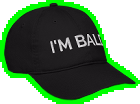 Click here to visit Goon Shop,
Click here to visit Goon Shop,home of the world famous I'm Bald hat!!!!!
Color Theory for Pixel Artists: It's All Relative
Although we all have our preferences, there are no objectively "good" or "bad" colors. There is also no such thing as an objectively "perfect" color choice—there are only choices which, after trying them, we may discern if they are more or less effective in the context of the specific piece and all of the other color decisions we have made within it. Pixel art is simply a medium, and it does not really alter how we may use color, except in the lack of actual blending between pixels and the consequences of that.
Egg Noodles
Ingredients
- 2 1/2 cups flour
- 2 eggs
- 1/2 cup milk or water
- 1 tbsp butter, melted
About Me
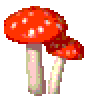
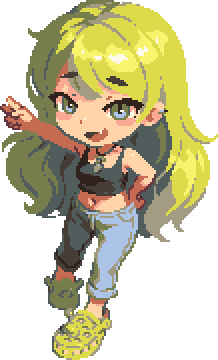
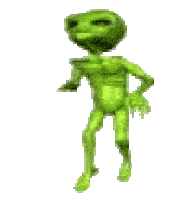

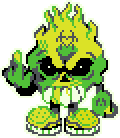
I'm lux, welcome to my page!!
I'm a lifelong professional pixel artist
and indie game dev
and an erotic pixel art innovator.
age: old
likes: experimental music, Doughboys podcast, theme parks, buffets, las vegas, esoteric youtube videos, spicy food, buying edibles on the clearweb, juggling, walking, cooking, posting stuff online
dislikes: lawns, caffeine, garnish, car culture, artificial fragrance




















You can view the above xeet on X if it doesn't load.




